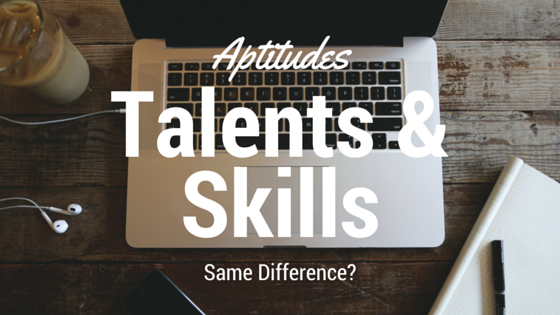
Professors are often instructed to help students develop their aptitudes, talents, and skills, but the distinctions between these capabilities are critical; not all are able to be taught or learned. Read on for an explanation of the distinction between aptitudes, talents, and skills.
Aptitude is the innate or acquired capacity for something. Aptitudes can range from developed knowledge, learned or acquired abilities (otherwise known as skills), talents, or attitudes necessary to perform a task. In essence, aptitudes are traits that help us accomplish tasks. Some aptitudes can be taught and developed, like knowledge, skills, or attitudes, but some aptitudes are not teachable, such as talents. It’s important for professors to identify which aptitudes are necessary for students to thrive, and to ensure that these aptitudes are capable of being developed. Otherwise, students without those aptitudes won’t be able to succeed, leaving them discouraged and performing poorly.
Two specific types of aptitudes that are frequently confused are talents and skills. Talents refer to innate and special natural aptitudes for certain activities. Talents are things that we do naturally that come easy to us. Often, they require little thought or effort to accomplish. On the other hand, skills refer to the ability, coming from one’s knowledge and practice, to do something well. Skills are something that we learn and that can be developed. Skills can either refer to hard skills like programming, hardware design, and carpentry, or soft skills like negotiating, people management, and social skills.
Importantly, one person’s talent might be another person’s skill. Professors should take care to identify what natural talents their students have and what skills they need to develop to be successful. Overall, understanding the differences between aptitudes, talents, and skills can help professors better teach their students and help them prepare for their career.

